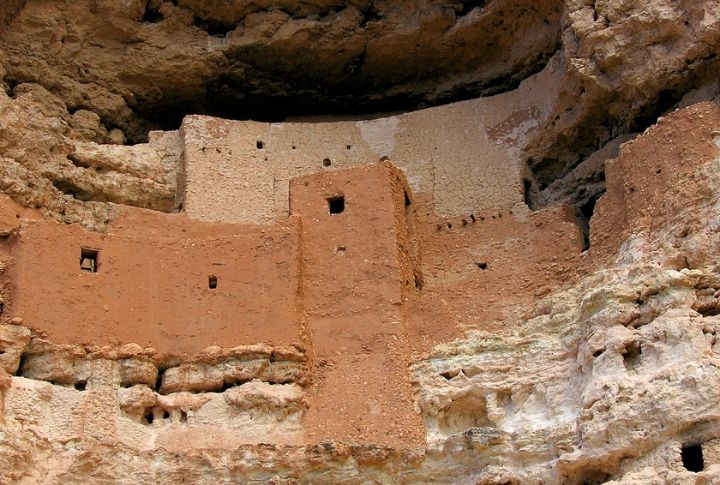
Hidden away in Arizona’s rugged canyons, the Sinagua built homes high in the cliffs, where they have stood for centuries. They found ways to live in a dry, challenging land with resourcefulness and resilience. But what makes their community so remarkable? How did they thrive? Let’s explore ten fascinating aspects of their enduring cliffside village.
Ingenious Cliffside Ventilation
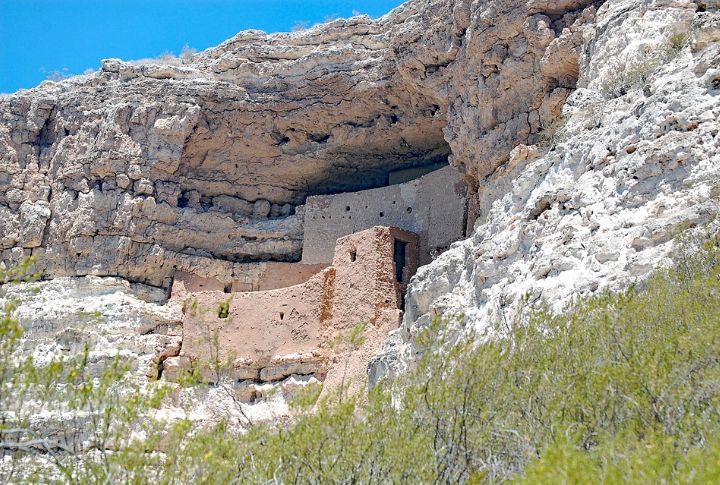
Despite the desert heat, Sinagua dwellings remained cool. They carved ventilation openings into rock walls, which allowed air to circulate naturally. Could this be an early form of climate control? Well, it provided them with a comfortable space, and this mastery of airflow is evidence of their deep understanding of environmental adaptation.
Rock-Carved Stairways
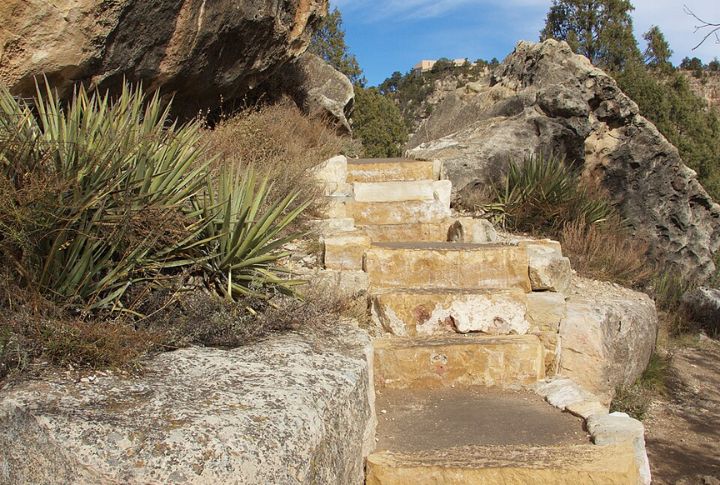
In some Sinagua settlements, stairways were beautifully carved into cliffs, turning rock into art. These creative steps provided easy access to higher homes and reflected the people’s resourcefulness. This design not only looked great but also helped them connect with their natural surroundings for generations.
Craftsmanship In Pottery Production
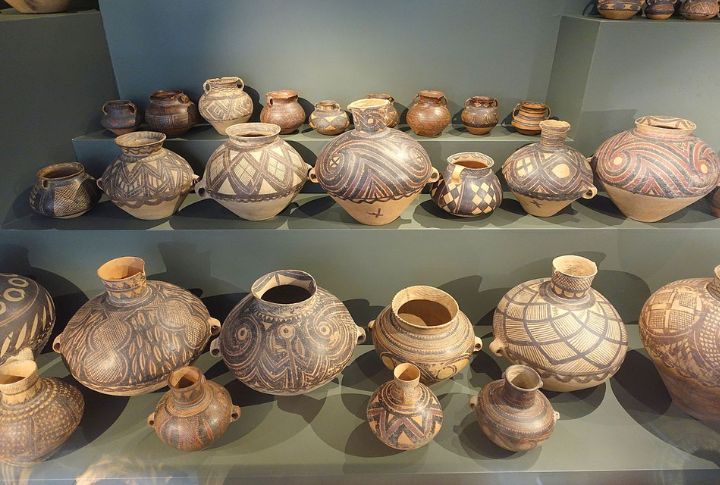
The Sinagua made strong, useful pottery like Alameda and Verde Brown Ware. Though usually plain, some had carved designs. These pots weren’t just for looks—they cooked, stored, and served. Their skill showed deep knowledge of local clay and firing methods.
Pathways Restricting Outsiders
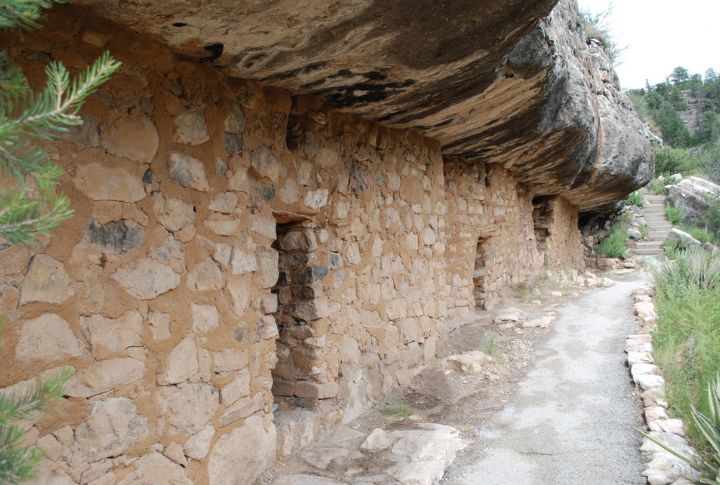
The Sinagua designed homes with concealed pathways, restricting access to outsiders. Narrow entry points made invasions difficult, ensuring protection. You can call them ancient security systems. Their placement was a tactical brilliance and allowed the community to thrive in isolation.
Cliffside Caves Water Storage
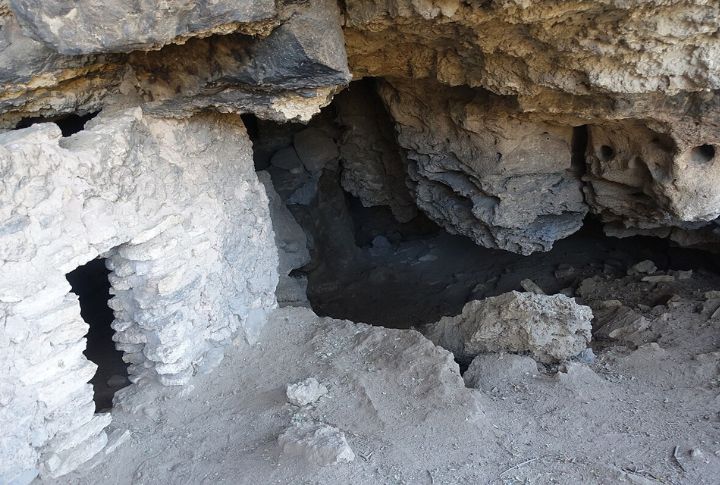
With unpredictable rainfall, the Sinagua people, whose name means “without water,” had to be resourceful. They stored water in natural caves and hand-carved cisterns. It ensured survival during dry seasons. Some settlements hid reservoirs within rock formations, which created a steady supply of water.
Hidden Granaries In Canyon Walls
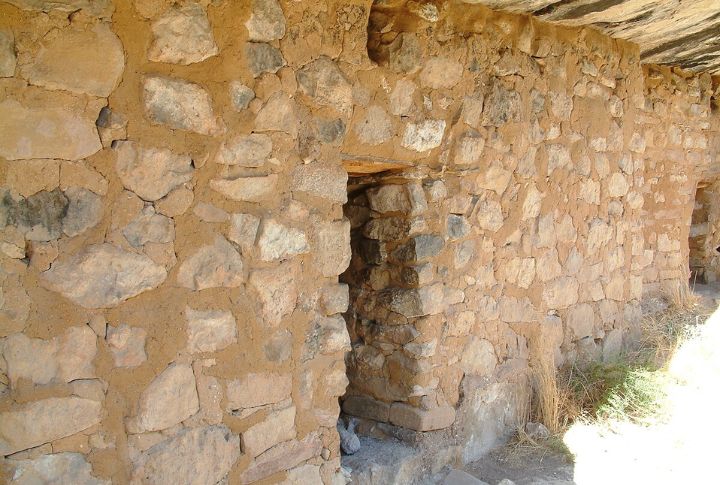
Food security was essential, especially for the Sinagua who dwelt on the cliffside. They sheltered granaries within canyon walls, safely stashing maize, beans, and squash. These storage spaces were protected from pests and harsh weather and enabled the community to endure prolonged droughts without fear of famine.
Sun-Aligned Cliffside Structures
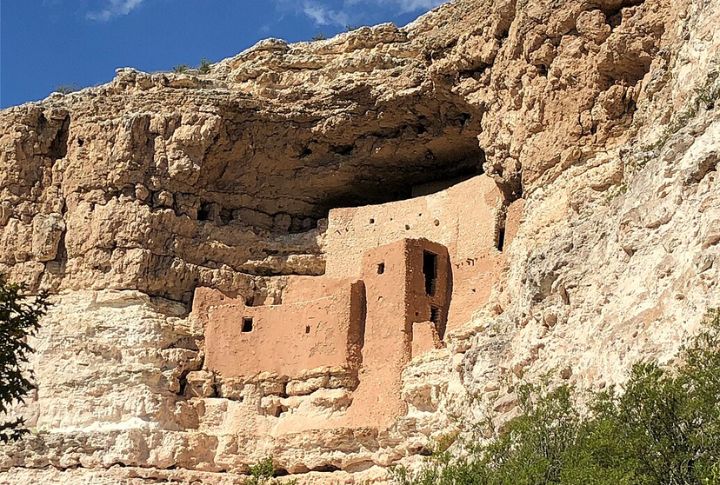
Some Sinagua cliff homes were carefully positioned to catch sunlight during the day, warming stone walls that slowly released heat overnight. This smart placement worked like natural insulation and helped them stay warm on cold desert nights without using extra resources.
Ingenious Cliffside Farming
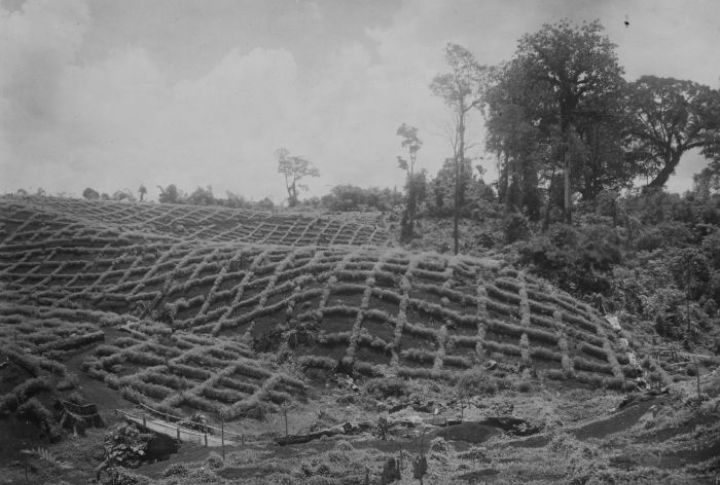
Despite the harsh environment, the Sinagua used terraced farming techniques to grow crops like maize, beans, and squash. They built rock-lined terraces to prevent soil erosion and maximize water retention. This method allowed them to cultivate food in an otherwise challenging landscape.
Gathering Spaces For Ceremony
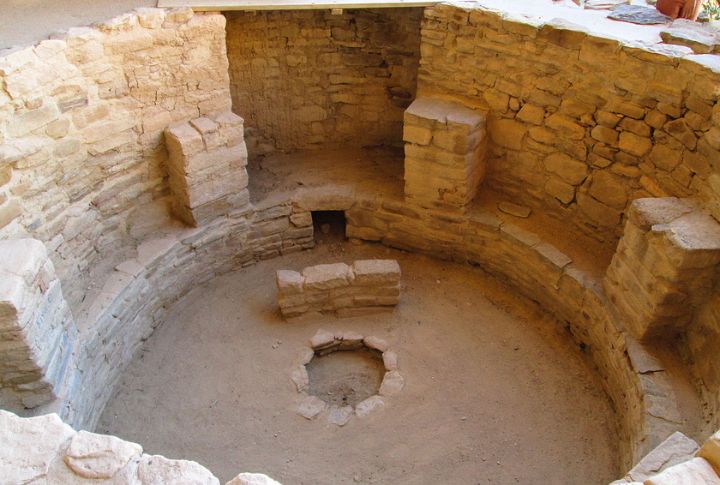
Sinagua settlements featured communal spaces where rituals and celebrations took place. Some dwellings included open courtyards or circular structures resembling kivas for meetings and spiritual practices. These spaces reinforced the importance of unity and ensured that traditions were preserved across generations.
Petroglyphs Etched Into Stone
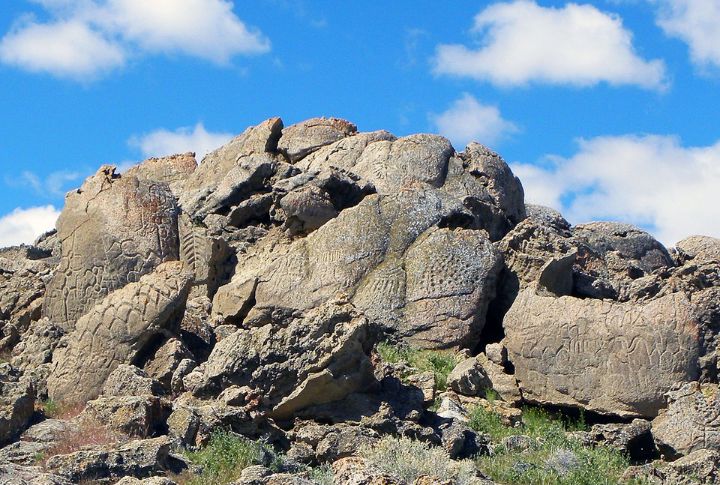
Carved into canyon walls, petroglyphs reveal snippets of Sinagua life. Spirals, animals, and geometric shapes hint at their beliefs, daily routines, and possibly even celestial observations. These markings, some dating back over 800 years, remain an enduring piece of their legacy.
